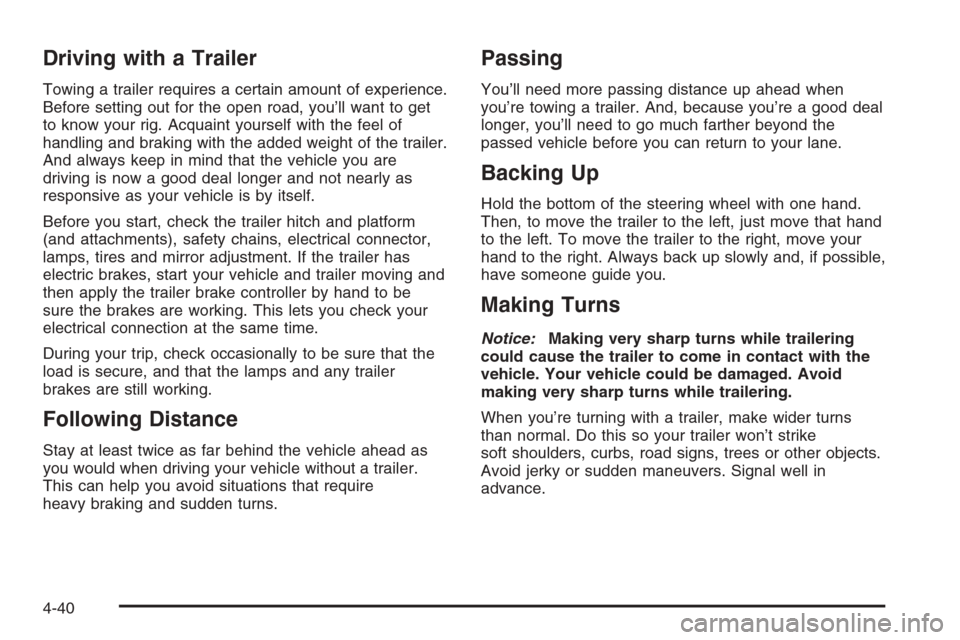steering wheel adjustment CHEVROLET MONTE CARLO 2006 6.G Owners Manual
[x] Cancel search | Manufacturer: CHEVROLET, Model Year: 2006, Model line: MONTE CARLO, Model: CHEVROLET MONTE CARLO 2006 6.GPages: 392, PDF Size: 2.34 MB
Page 121 of 392

The main components of your instrument panel are listed here:
A. Air Vent. SeeOutlet Adjustment on page 3-22.
B. Remote Trunk Release Button. See “Remote Trunk
Release” underTrunk on page 2-11.
C. Multifunction Lever. SeeTurn Signal/Multifunction
Lever on page 3-7.
D. Instrument Panel Cluster. SeeInstrument Panel
Cluster on page 3-25.
E. Hazard Warning Flasher Button. SeeHazard
Warning Flashers on page 3-6.
F. Driver Information Center (DIC) Buttons. SeeDriver
Information Center (DIC) on page 3-39.
G. Audio System. SeeAudio System(s) on page 3-59.
H. Exterior Lamps Control. SeeExterior Lamps on
page 3-13.
I. Instrument Panel Brightness. SeeInstrument Panel
Brightness on page 3-15.
J. Traction Control On/Off Button (If Equipped). See
Traction Control System (TCS) on page 4-9.K. Tilt Steering Wheel Lever. SeeTilt Wheel on
page 3-6.
L. Steering Wheel Cruise Control (If Equipped). See
Cruise Control on page 3-10.
M. Hood Release. SeeHood Release on page 5-11.
N. Horn. SeeHorn on page 3-6.
O. Audio Steering Wheel Controls (If Equipped). See
Audio Steering Wheel Controls on page 3-83.
P. Ignition Switch. SeeIgnition Positions on page 2-18.
Q. Climate Controls. SeeClimate Control System on
page 3-19.
R. Accessory Power Outlet. SeeAccessory Power
Outlet(s) on page 3-17.
S. Automatic Transaxle Shift Lever. SeeAutomatic
Transaxle Operation on page 2-22.
T. Glove Box. SeeGlove Box on page 2-39.
3-5
Page 242 of 392

Driving with a Trailer
Towing a trailer requires a certain amount of experience.
Before setting out for the open road, you’ll want to get
to know your rig. Acquaint yourself with the feel of
handling and braking with the added weight of the trailer.
And always keep in mind that the vehicle you are
driving is now a good deal longer and not nearly as
responsive as your vehicle is by itself.
Before you start, check the trailer hitch and platform
(and attachments), safety chains, electrical connector,
lamps, tires and mirror adjustment. If the trailer has
electric brakes, start your vehicle and trailer moving and
then apply the trailer brake controller by hand to be
sure the brakes are working. This lets you check your
electrical connection at the same time.
During your trip, check occasionally to be sure that the
load is secure, and that the lamps and any trailer
brakes are still working.
Following Distance
Stay at least twice as far behind the vehicle ahead as
you would when driving your vehicle without a trailer.
This can help you avoid situations that require
heavy braking and sudden turns.
Passing
You’ll need more passing distance up ahead when
you’re towing a trailer. And, because you’re a good deal
longer, you’ll need to go much farther beyond the
passed vehicle before you can return to your lane.
Backing Up
Hold the bottom of the steering wheel with one hand.
Then, to move the trailer to the left, just move that hand
to the left. To move the trailer to the right, move your
hand to the right. Always back up slowly and, if possible,
have someone guide you.
Making Turns
Notice:Making very sharp turns while trailering
could cause the trailer to come in contact with the
vehicle. Your vehicle could be damaged. Avoid
making very sharp turns while trailering.
When you’re turning with a trailer, make wider turns
than normal. Do this so your trailer won’t strike
soft shoulders, curbs, road signs, trees or other objects.
Avoid jerky or sudden maneuvers. Signal well in
advance.
4-40